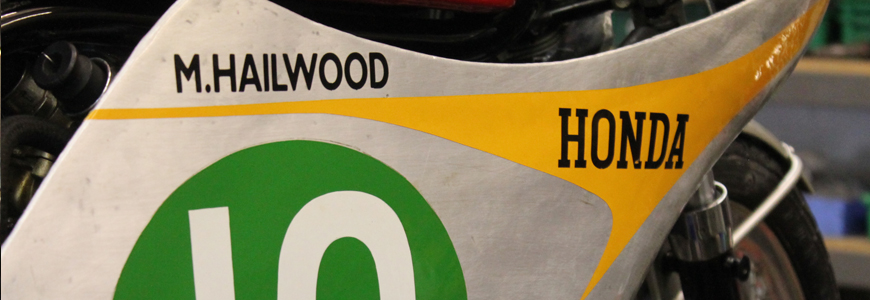
This month, a two-wheeled treasure is prepared to take to the track and an old favourite receives an engine rebuild.
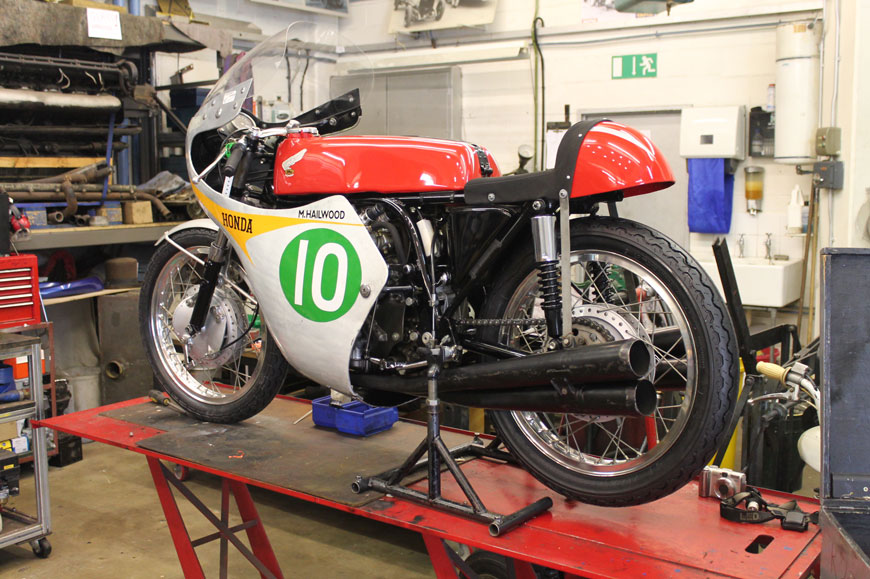
Honda for tribute parade
The museum’s 1961 Honda RC162 is a very special motorcycle that helped to cement Honda’s reputation in European racing. This bike was ridden by legendary racer Mike Hailwood during the 1961 race season and he used it to win the 250cc category Isle of Man TT race. Hailwood made history that day by also winning the TT races in the 125cc and 500cc categories.
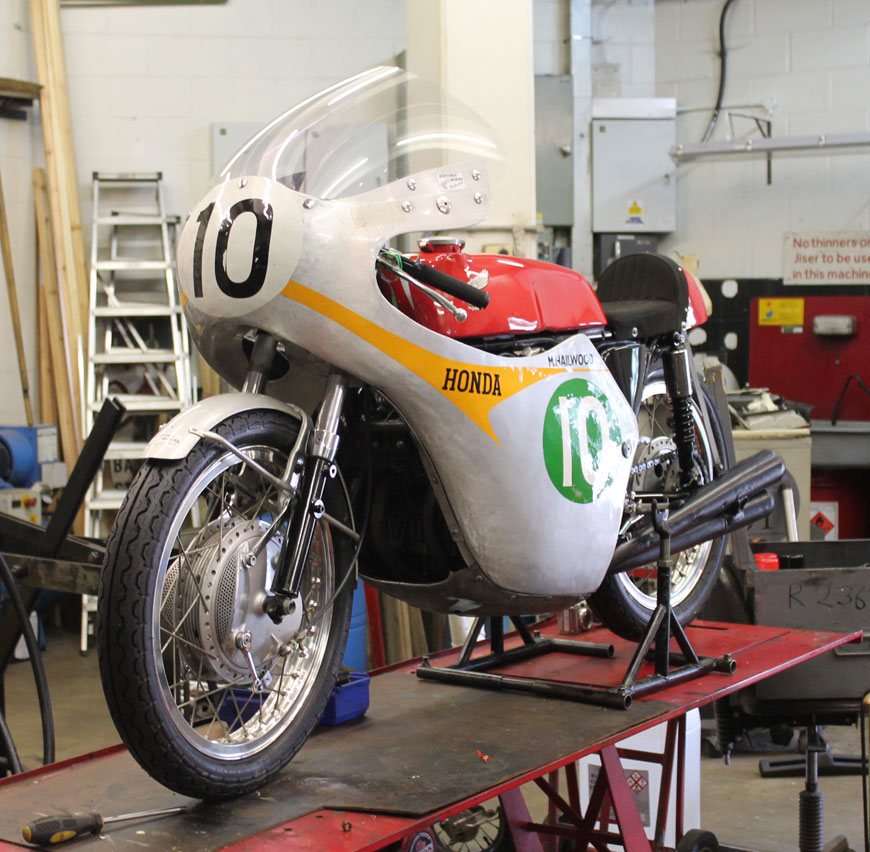
Although usually on show in the National Motor Museum’s Motorcycle Story display, the Honda took part in a special event. To celebrate 65 years of motorcycle racing at Castle Combe, a tribute parade was held at the race circuit on Sunday 3rd July, with a number of famous bikes and racers from the past taking part. The museum’s Honda joined the parade, ridden by former Grand Prix motorcycle racer and one-time Honda factory team rider Stuart Graham.
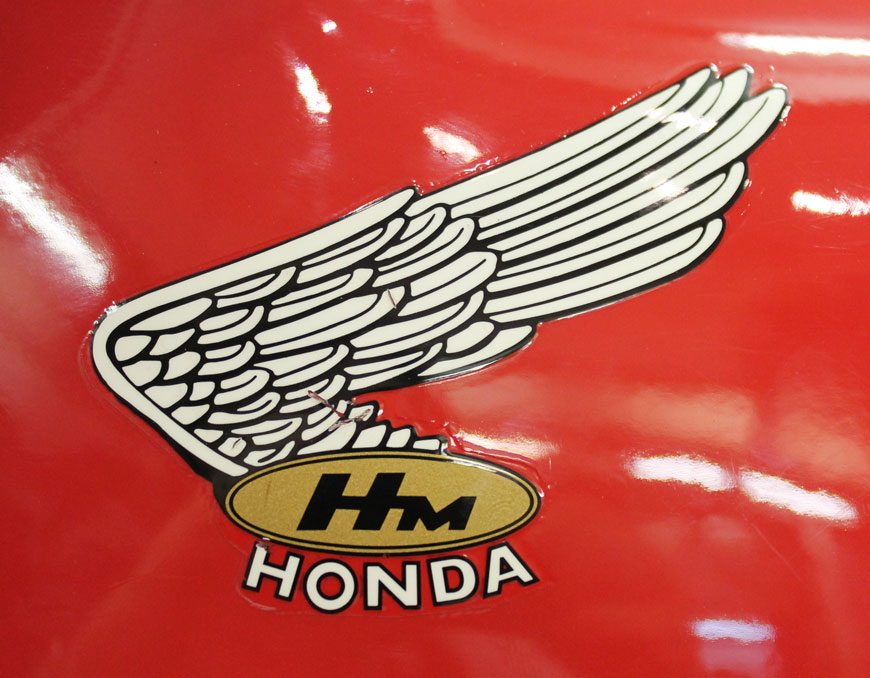
However, work had to be done to prepare the bike for this event. Its electrostatic generator had lost its magnetism, reducing its efficiency and upsetting the engine electrics, which in turn meant that the 249cc four-cylinder engine ran poorly. To rectify this, a specialist re-magnetised the generator, in addition to painstakingly making two new ignition coils. This work ensured that the Honda’s engine was back on form, while new tyres and a complete check-over finished the preparations.
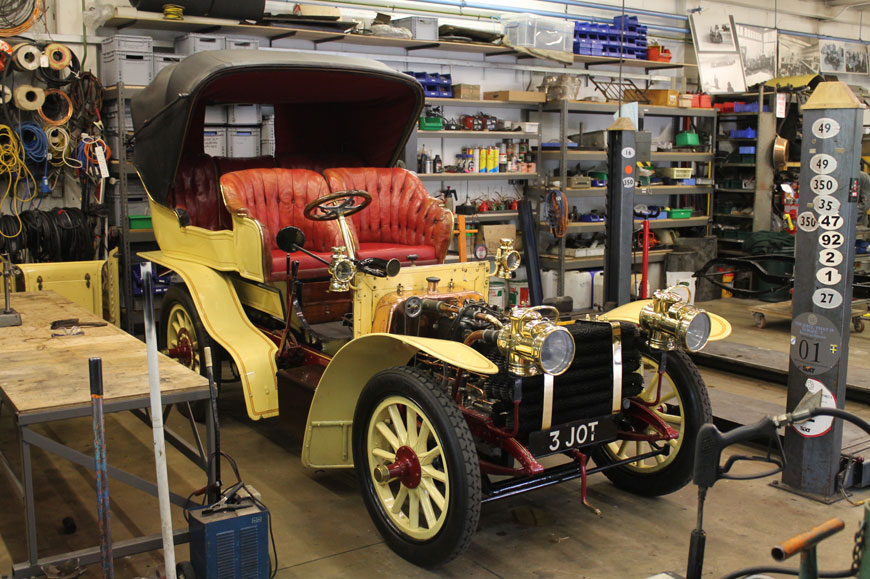
Debonair De Dietrich back in action
The 1903 De Dietrich 24hp has also been in the museum workshop. Few machines at the turn of the 20th century would have cut a dash like this eye-catching touring car. Its 5.4-litre four-cylinder engine gave the 24hp model a commendable top speed of 50mph, while the rear wheels were chain driven.
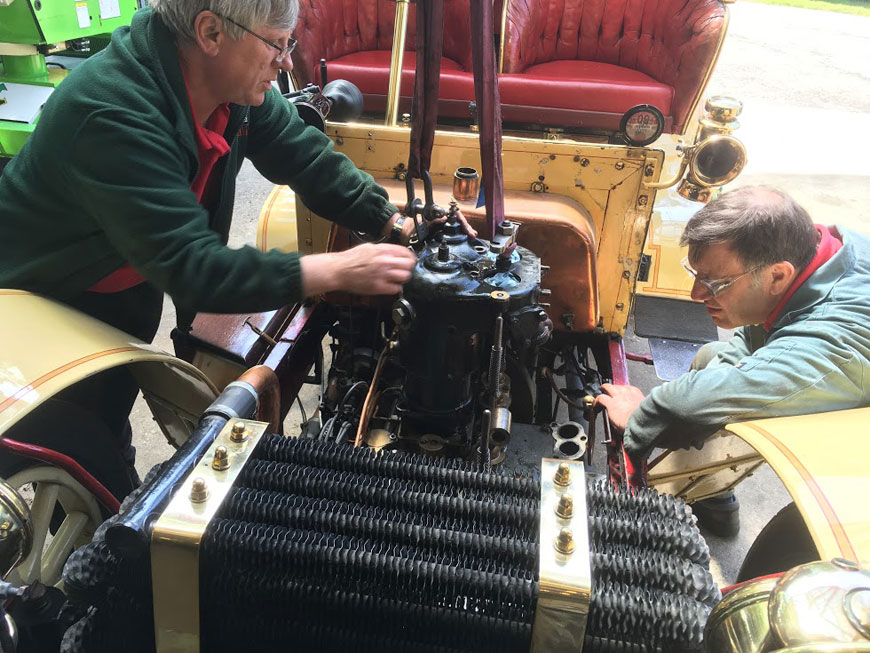
This bright yellow example of this prestige car has a fascinating history. It was originally owned by a gold mining pioneer, Sir Joseph Robinson, but when the car was only seven years old it was put into storage in a London furniture depository, where it stayed for almost five decades, until 1956.
The De Dietrich has been on display at the National Motor Museum for many years, and although it has been driven in veteran car events in the past, it had lain idle in recent years. This period of inactivity had taken its toll, when it was discovered that the engine had seized.
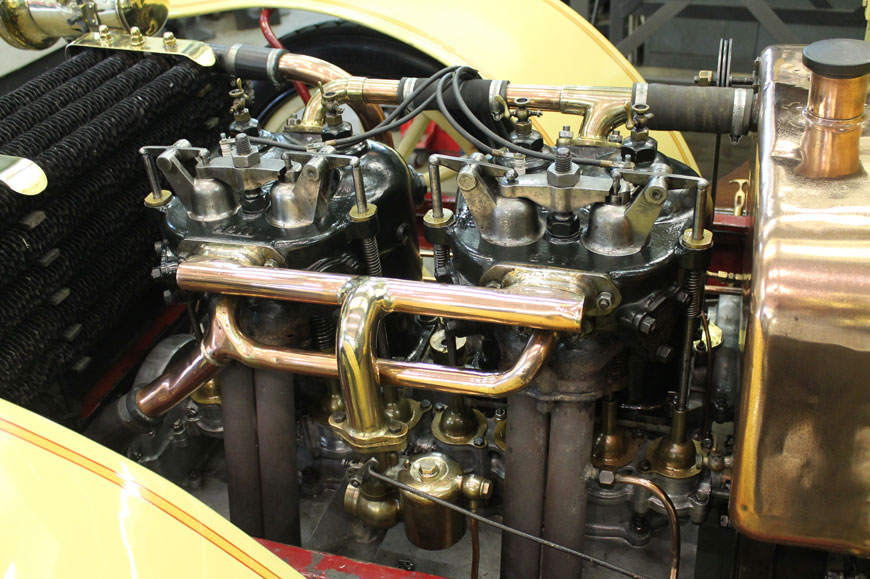
The only solution for the workshop engineers was to rebuild the engine. The unit was painstakingly stripped down and inspected, before being carefully cleaned and lubricated before reassembly. This work returned the De Dietrich to full working order, ensuring that it remains in fine fettle for many more years to come.
